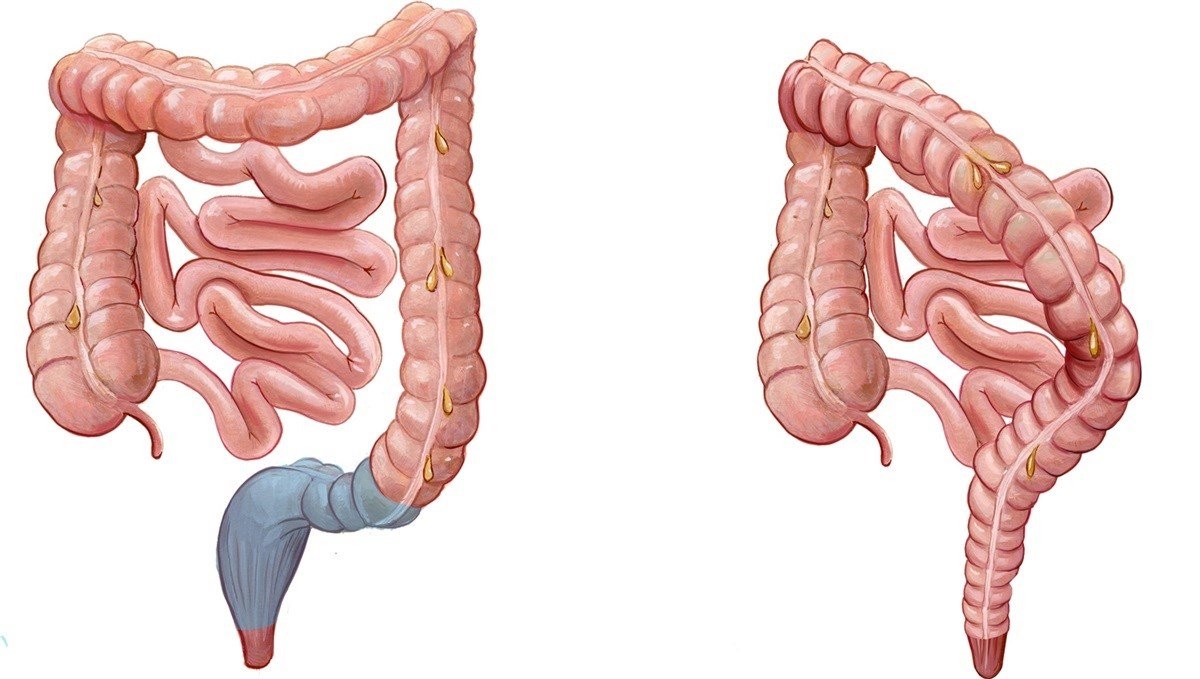Anterior Resection

Anterior resection surgery is a surgical procedure primarily used to remove cancerous tumors from the rectum. Depending on the location and size of the tumor, the surgery can be performed using different techniques: open surgery, lar surgery, laparoscopic surgery, or robotic surgery. The best rectal cancer doctor in Ahmedabad can help determine the most suitable approach for each patient.
Surgical Approaches
1. Open Anterior Resection
Open anterior resection is a traditional surgical method where a large incision is made in the abdomen to access and remove the diseased portion of the rectum and possibly some surrounding tissue.
Procedure:
- The surgeon makes an incision in the abdomen to reach the rectum during the anterior resection surgery.
- The diseased portion of the rectum and sometimes part of the sigmoid colon are removed.
- The remaining ends of the bowel are then reconnected (anastomosis).
- A temporary or permanent stoma may be created depending on the extent of the surgery.
Advantages:
- Allows direct visualization of the organs.
- Provides ample space for complex surgical maneuvers.
- Generally used for larger or more complex tumors.
Disadvantages:
- Longer recovery time due to the larger incision.
- Higher risk of postoperative pain, infections, and hernias.
- Extended hospital stay.
Indications:
- Large or complex tumors, especially those causing anterior resection syndrome.
- Previous abdominal surgeries that may cause adhesions.
- Patients with certain anatomical considerations.
2. Laparoscopic Anterior Resection
Laparoscopic anterior resection is a minimally invasive technique where small incisions are made, and the surgery is performed using specialized instruments and a camera.
Procedure:
- Small incisions are made in the abdomen for lar surgery.
- A laparoscope (a long, thin tube with a camera) is inserted to provide a view of the internal organs.
- Surgical instruments are inserted through the other incisions to remove the diseased portion of the rectum.
- The bowel is reconnected, and the incisions are closed.
Advantages:
- Less postoperative pain due to smaller incisions.
- Faster recovery and shorter hospital stay.
- Reduced risk of infections and hernias.
- Better cosmetic outcomes.
Disadvantages:
- Longer operative time compared to open surgery.
- May not be suitable for very large tumors or complex cases, especially if anterior resection syndrome is present.
- Requires specialized surgical expertise.
Indications:
- Smaller, early-stage tumors to prevent low anterior syndrome.
- Patients who prefer a minimally invasive approach.
- Suitable anatomy and no significant previous abdominal surgeries.
3. Robotic Anterior Resection
Robotic anterior resection is a type of minimally invasive surgery performed with the assistance of a robotic system, providing enhanced precision and control.
Procedure:
- Similar to laparoscopic surgery, small incisions are made, and a robotic system is used for lar surgery.
- The surgeon controls the robotic arms from a console, which provides a magnified 3D view of the surgical area.
- The robotic arms mimic the surgeon’s hand movements but with greater precision, allowing delicate procedures to be performed.
Advantages:
- Enhanced precision and control, especially in tight spaces like the pelvis, reducing the risk of low anterior syndrome.
- Improved visualization with a 3D magnified view.
- Less postoperative pain and quicker recovery.
- Reduced risk of complications.
Disadvantages:
- Longer operating time and higher cost.
- Requires a highly specialized surgical team, which the best rectal cancer doctor in Ahmedabad can provide.
- Limited availability in some regions.
Indications:
- Complex cases where precision is crucial, such as tumors near critical structures, often treated to prevent low anterior syndrome.
- Patients who prefer the most advanced minimally invasive technique.
- Surgeons with experience and access to robotic systems.
Postoperative Care and Recovery
General Guidelines for All Techniques:
- Patients may require a few days to a few weeks of recovery, depending on the surgical approach and presence of anterior resection syndrome.
- Pain management is crucial, with less pain expected in minimally invasive approaches.
- Bowel function may take time to normalize, and a temporary stoma might be needed.
- Follow-up appointments are essential to monitor recovery and any potential complications.
Conclusion:
- The choice between open, laparoscopic, and robotic anterior resection depends on the patient's specific condition, the size and location of the tumor, the surgeon’s expertise, and the available resources.
- Each technique has its own set of advantages and disadvantages, and the best approach should be determined through a detailed discussion between the patient and the best rectal cancer doctor in Ahmedabad.